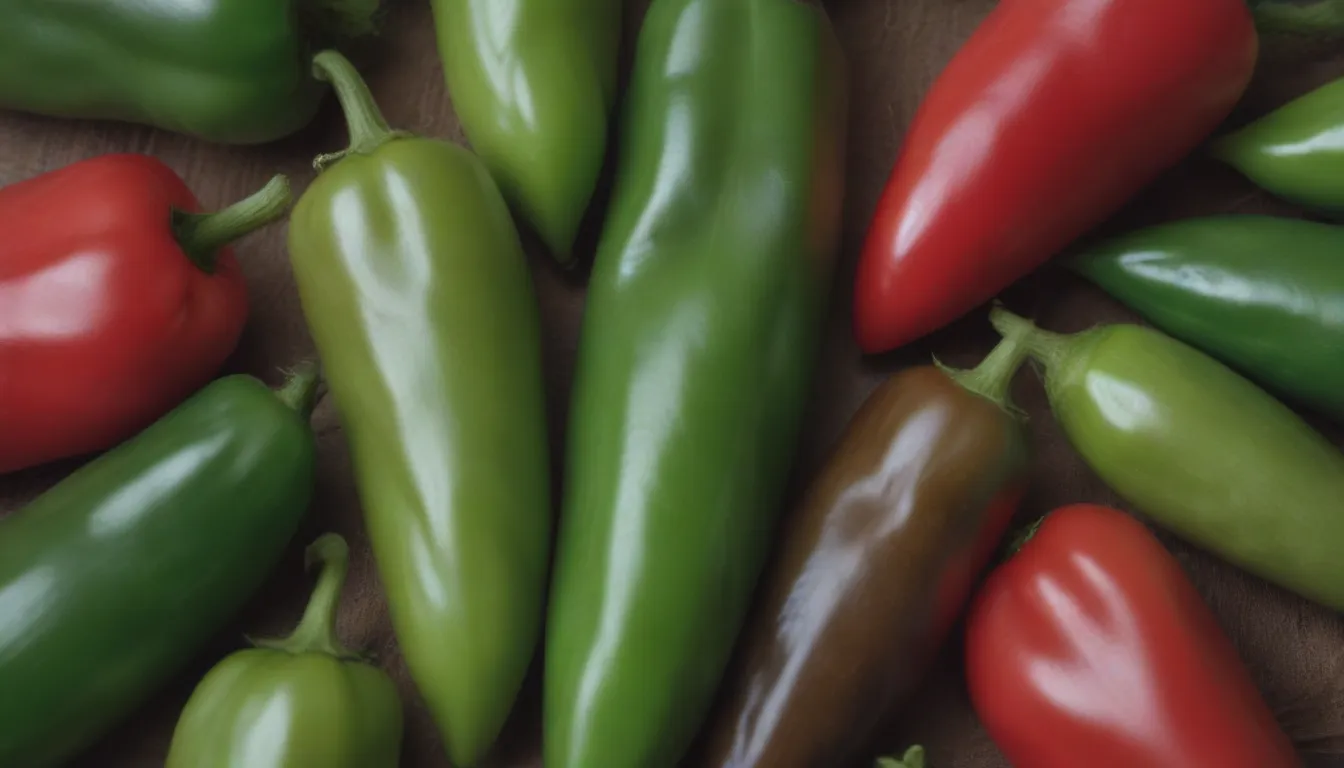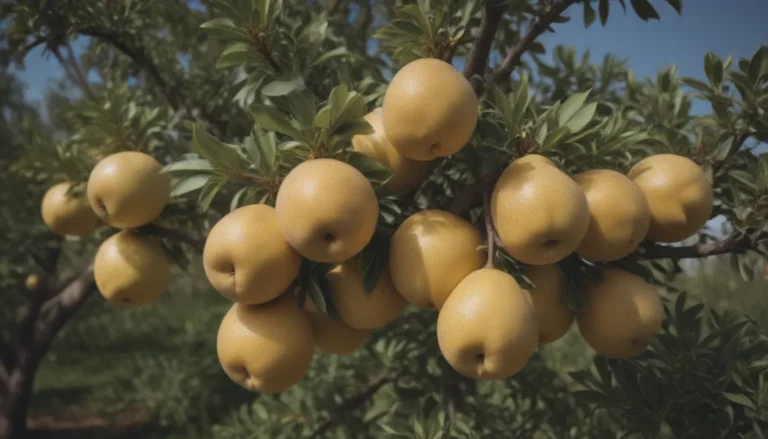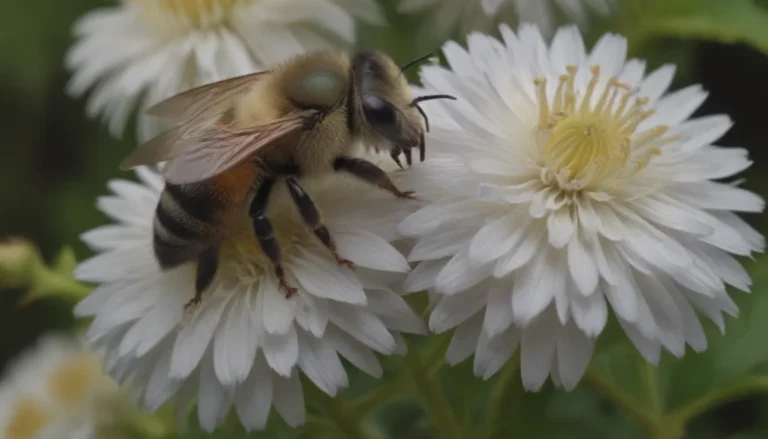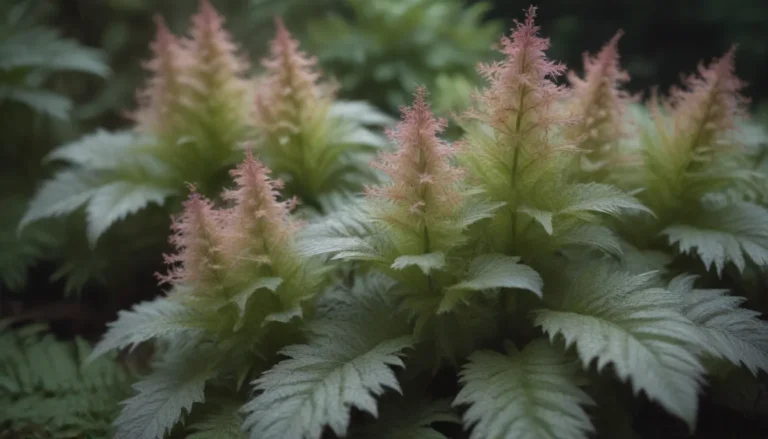Everything You Need to Know about Growing and Caring for Jalapeño Peppers

Are you a fan of spicy foods and looking to grow your own jalapeño peppers? Look no further! In this comprehensive guide, we will cover all the essential information you need to successfully grow and care for these flavorful peppers.
Planting Jalapeño Peppers
When to Plant
Jalapeño peppers thrive in warm temperatures, so it’s best to plant the seeds in the garden once the soil temperatures reach at least 65 degrees Fahrenheit. You can also start seeds indoors around eight to 10 weeks before your area’s last projected frost date. Transplant young plants into the garden when nighttime temperatures are reliably above 60 degrees Fahrenheit.
Selecting a Planting Site
Choose a sunny location for your jalapeño peppers with organically rich soil that drains well. Keep them away from other nightshade family members like tomatoes to prevent the spread of diseases. Remember that similar pests can also infest all members of the nightshade family.
Spacing, Depth, and Support
Space the plants about 14 to 16 inches apart and leave 2 to 3 feet between rows. Plant nursery plants at the same depth as they were growing in their containers. While jalapeños usually don’t need support structures, some taller varieties may benefit from stakes to prevent the fruit from weighing down the plant.
Jalapeño Pepper Care
Light
Plant jalapeño peppers in full sun, ensuring they receive at least six hours of direct sunlight daily for optimal growth and fruit production.
Soil
Jalapeño peppers thrive in fertile, moist, and well-drained soil with a slightly acidic to neutral pH level. Avoid planting them in dense, soggy soil.
Water
Unlike some other nightshade family members, jalapeño peppers require regular watering when the soil feels dry about an inch down. Avoid overwatering to prevent waterlogged soil, and use mulch to conserve soil moisture.
Temperature and Humidity
Jalapeños prefer temperatures between 65 and 85 degrees Fahrenheit during the day and 60 to 70 degrees Fahrenheit at night. Maintain a moderate humidity level for optimal growth.
Fertilizer
Jalapeños are heavy feeders and will benefit from additional compost or a balanced fertilizer throughout the growing season. Ensure that plants growing in poor soil or containers receive adequate nutrients for maximum productivity.
Pollination
Jalapeño plants self-pollinate with the help of wind and pollinating animals. If growing your plants indoors, gently shake them every few days to aid in pollination.
Types of Jalapeño Peppers
There are numerous varieties of jalapeño peppers available, each varying in size, color, and heat level. Some popular varieties include ‘Seniorita,’ ‘Fresno Chile,’ ‘Sierra Fuego,’ and ‘Mucho Nacho.’
Jalapeño vs. Serrano Peppers
Serrano peppers are closely related to jalapeño peppers but pack approximately five times more heat. While they may look similar, serranos are generally smaller and spicier than jalapeños.
Harvesting Jalapeño Peppers
Harvest jalapeño peppers when they reach full size (about 4 inches) and are dark green for maximum heat. If left to ripen fully, they will turn red, orange, or yellow and have a sweeter flavor. Snip off the peppers with pruners, and avoid pulling to prevent damage to the plant.
Storage
Store harvested jalapeño peppers unwashed in the refrigerator for up to a week. Alternatively, you can freeze or dry them for later use.
Growing Jalapeños in Pots
Jalapeño peppers grow well in containers, ideally in a 3-gallon pot with ample drainage holes. Use a quality potting mix that drains well, and move the plants indoors during cold weather if needed. Remember to fertilize containers regularly to replace leached nutrients.
Pruning
While jalapeño plants generally don’t require pruning, remove any suckers that appear around the base of the plant to encourage more fruit production on the main stems.
Propagating Jalapeños
In addition to growing from seeds or nursery plants, jalapeños can also be propagated from cuttings. This method allows you to replicate plants with exceptional fruit production.
Common Pests and Plant Diseases
Jalapeño peppers are susceptible to pests such as aphids, cucumber beetles, pepper hornworms, and diseases like fusarium wilt and anthracnose. Monitor your plants regularly and take appropriate measures to protect them from these threats.
In conclusion, growing and caring for jalapeño peppers is a rewarding experience that can be enjoyed by gardeners of all skill levels. By following these tips and guidelines, you’ll be well on your way to a bountiful harvest of delicious, spicy peppers. Whether you’re a seasoned gardener or just starting out, jalapeño peppers are a fantastic addition to any garden. Happy growing!





